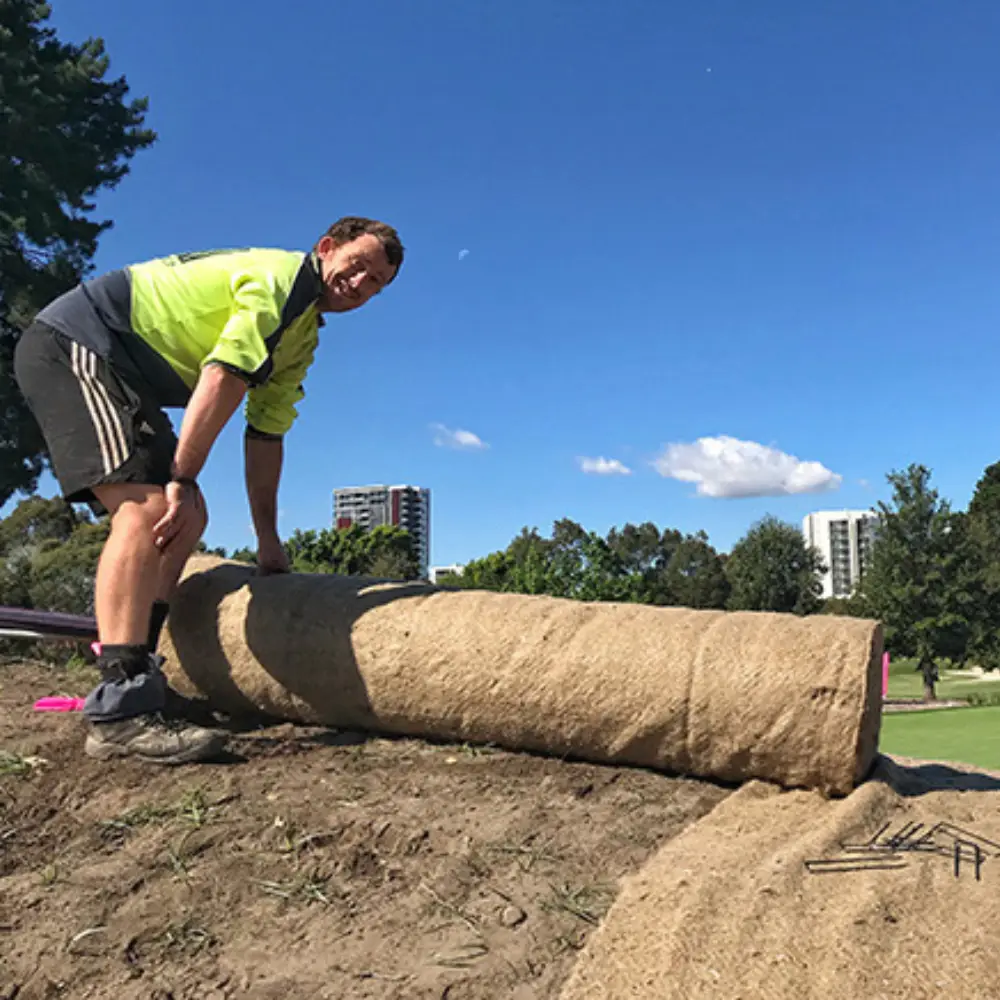Jute matting is a landscaper’s favourite when it comes to cost-effective and sustainable erosion control. And like any material, proper maintenance is key to maximizing its benefits for your project. If you plan on using jute-based matting on whatever project, it’s essential that you have proper knowledge regarding this topic.
In this blog, we discuss why maintenance matters for jute-based mats, practical storage tips, what to look out for, and products that help you ease maintenance. Let’s dive in!
Why Maintenance Matters
Jute matting is known for its biodegradability, which is one of its main benefits for eco-conscious projects. This also makes them available for a limited lifespan for usage. If it degrades too early without you reaping its maximum benefits, your investment will be wasted. There are several factors which affect how quickly jute mats break down: sunlight, rainfall, wind, soil moisture, and foot traffic.
Here’s where proper maintenance is needed. Good maintenance helps you minimize the effect of these factors and extend the effective life of the matting. It even helps landscapers and constructors identify when a replacement is needed, hence a smooth workflow.
Storage Tips (Before Installation)
If you don’t plan on using the matting right away, make sure you store it properly. The way you store it makes a big difference in its performance when you are finally ready to use it. These storage tips will help you keep them in good shape until you’re ready:
- Choose a dry, shaded area for storage – Avoid exposing the rolls to direct sunlight or moisture. Heat and moisture can promote mold growth and degradation of the matting. Make sure the place has proper drainage and no leakages.
- Keep rolls off the ground. – Use pallets or platforms to lift the rolls so they don’t absorb ground moisture.
- Avoid stacking rolls – Stacking too many rolls on top of each other can damage the lower layers.
- Protect from pests and animals – Some insects and pests can infest and feast on the fibers of the jute mat. Make sure you don’t attract animals to the storage space by keeping it clean and tidy.
- Use within 6 months of purchase – Especially in regions with high humidity, we recommend usage within 6 months. This way you can experience the best performance until vegetation root down.

Maintenance Tips During Usage
Once the matting is installed, proper maintenance is what helps it last longer and perform better. Follow these tips to make sure the matting is in order and perform its role in your project.
- Inspect the matting after heavy rain or strong winds. – Look for lifted edges, sagging, or soil exposed due to runoff. Check for any air pockets under the mat. Re-stake any loose sections. Also make sure the layer of topsoil isn’t washed away.
- Check for early signs of wear – Signs such as thinning fibers or breakage can ruin your project. Take action early to prevent further damage.
- Monitor plant growth – Make sure seeds or plants are sprouting through the slits. Proper vegetation cover helps anchor the matting and speeds up soil stability.
- Limit foot traffic – Avoid walking directly on the matting until vegetation is well established. If you need to access the area, use temporary stepping stones or boards.
Products & Tools for Proper Maintenance
The right tools make maintaining your jute matting much easier. Here’s what you need to have in hand for properly maintaining your jute mat setting:
- Retaining pins – To re-secure loose or lifted sections. Have a few dozen in hand if you need to extend coverage.
- Soil pins or anchor staples – For extra holding power in windy areas or slopes.
- A pair of Gardening gloves – Protect your hands while adjusting or installing matting.
- Hand tamper or garden roller – To press the matting back down against the soil without damaging plants.
- Shears or scissors – For trimming around growing plants or reshaping damaged sections. They can also be useful in replacing damaged areas of the mat.
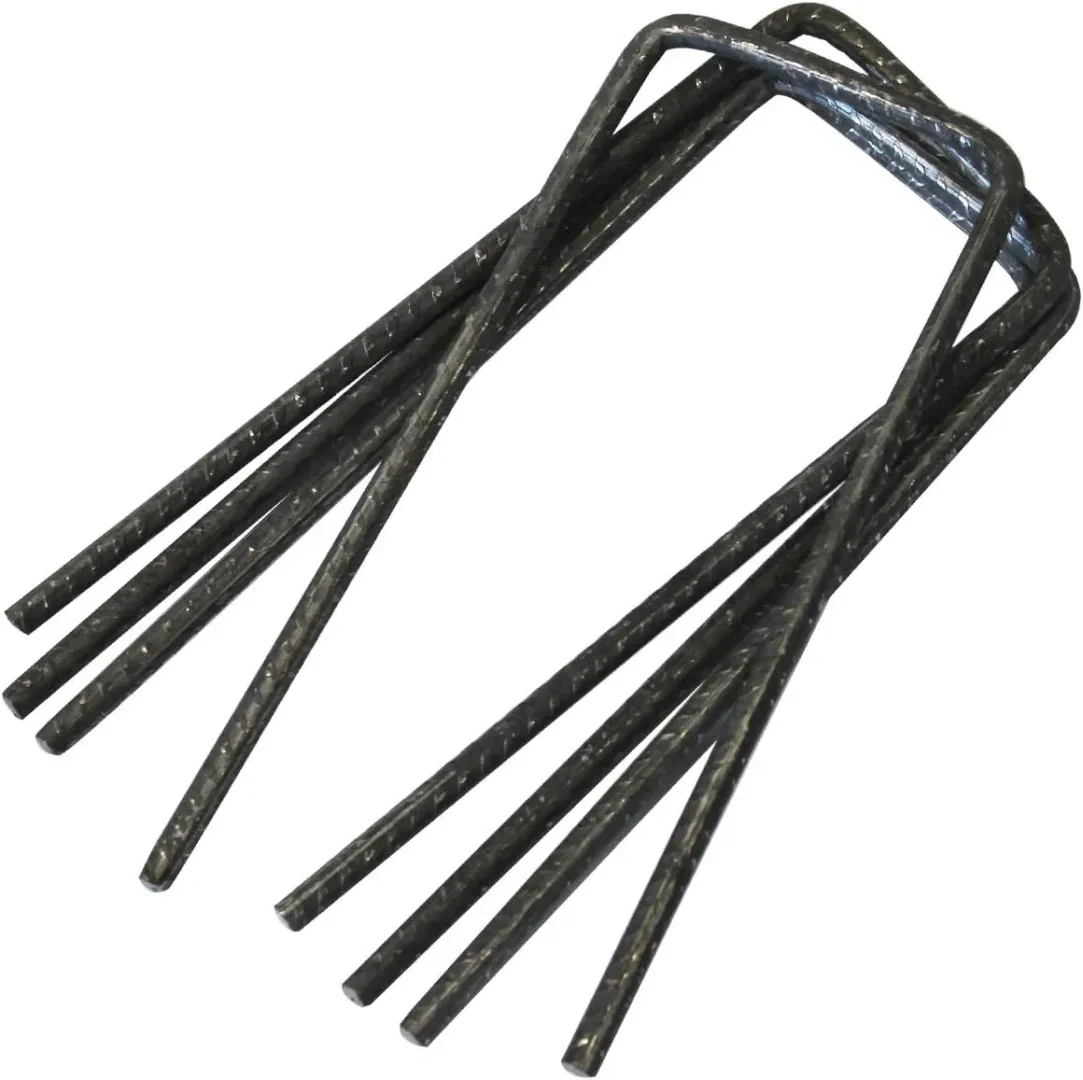
When to Replace or Reposition
Even with great care, natural materials like jute will eventually wear out. As landscapers, you need to have the proper knowledge to identify when your matting hits the end of its lifespan. Here are signs it’s time to replace or reposition:
- Vegetation hasn’t been established, but the matting is breaking down.
- Large tears or holes in the matting that expose the soil.
- Severe shifting or bunching that can’t be fixed by re-securing.
- Constant misplacement or damage due to animals or foot traffic means you need to reposition or use stepping boards.
- Heavy water damage has caused the matting to sink or wash away.
- Mold and mildew buildup within the matting means you need to replace it.
Wrapping Up
Jute matting is a fantastic tool for erosion and weed control but only when it’s handled and maintained properly. By storing it correctly, installing it with care, and checking it regularly during use, you can ensure that it lasts long enough to do its job. A little attention goes a long way in protecting both your land and your investment.
Explore the Best-quality Jute Mats from HEIGER
Looking for quality jute mats? Visit our Jute Matting collection for a range of sizes and applications. Nor only matting, we even provide all erosion control accessories you need to properly maintain your project.
Don’t forget to check out our full range of erosion control products, including other alternatives like Coir Mesh, Jute Mesh, and Coir Blankets.
Need help choosing the right product? Contact our team for expert guidance tailored to your project.
Shop now
Product successfully added to the Quote List
Shipping Calculator

 Coir Logs
Coir Logs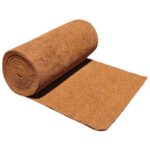 Coir Blankets
Coir Blankets Coir Mesh
Coir Mesh Jute Matting
Jute Matting Jute Mesh
Jute Mesh Silt Fence
Silt Fence Wooden Stakes / Pegs
Wooden Stakes / Pegs Retaining Pins
Retaining Pins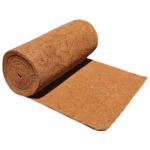 Weed Mat
Weed Mat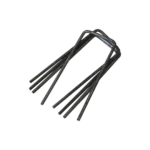 Weed Mat Pins
Weed Mat Pins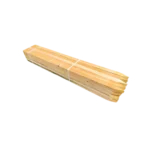 Timber Stakes
Timber Stakes Raised Garden Beds
Raised Garden Beds Biaxial Geogrid
Biaxial Geogrid Uniaxial Geogrid
Uniaxial Geogrid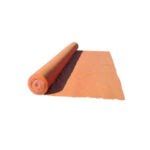 Non Woven Geotextiles
Non Woven Geotextiles Sand Containers
Sand Containers Silt Socks
Silt Socks Dewatering
Dewatering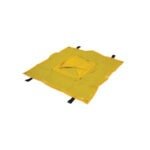 Drain Filters
Drain Filters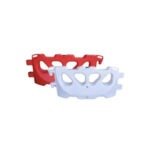 Water Filled Barriers
Water Filled Barriers Edge Protection Barrier
Edge Protection Barrier Hoarding Panels
Hoarding Panels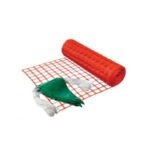 Barrier Mesh & Bunting
Barrier Mesh & Bunting Star Picket Posts & Accessories
Star Picket Posts & Accessories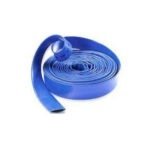 Flood Tubes & Stabilizers
Flood Tubes & Stabilizers Sandbags
Sandbags